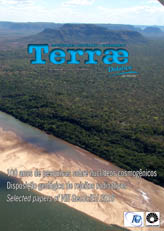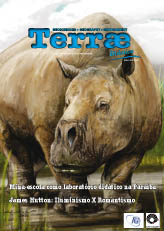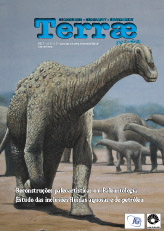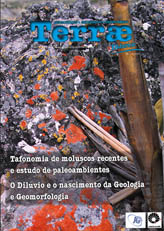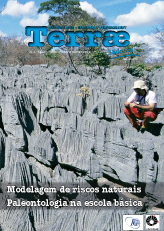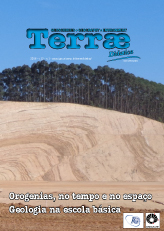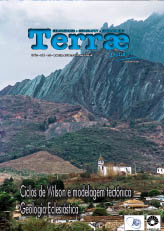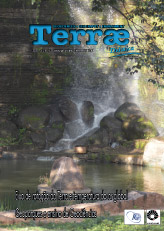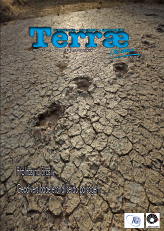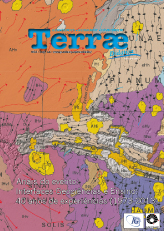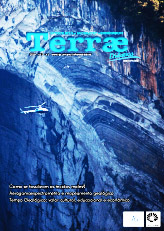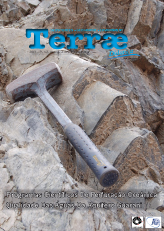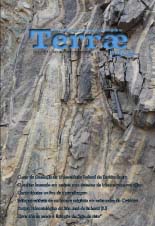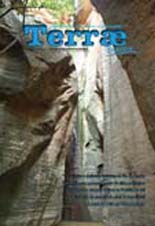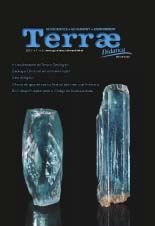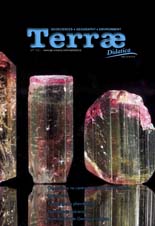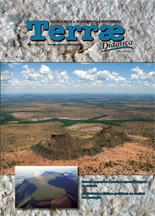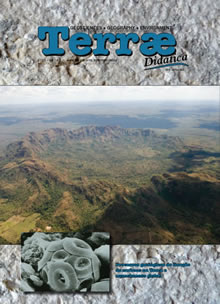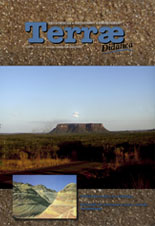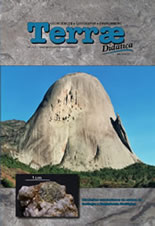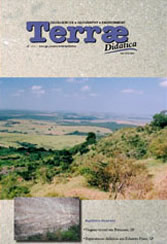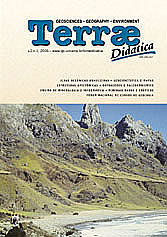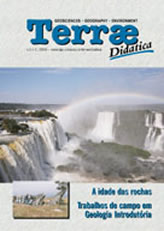Campinas-Brasil
ISSN 1980-4407

 ___________________
___________________ __
__
Volume 14, n2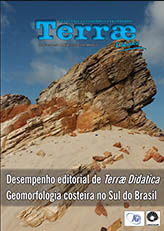
Volume 14, n1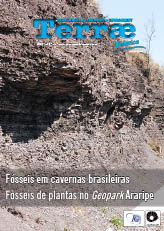
Volume 12, n3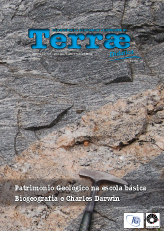
Volume 10, n2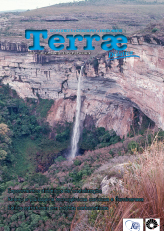
Volume 8, n2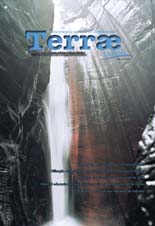
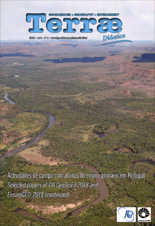
Conceptions of mountain formation, folding, fault and the continental drift in geography textbooks between the decades of 1930 to 1960
Danilo M. da Costa
Institute of Geosciences, Graduate Program of Teaching and History of Earth Sciences. University of Campinas (Campinas State University), Zeferino Vaz University Campus, Rua Carlos Gomes, 250, Barão Geraldo, 13083-855, Campinas, SP. - geo.mosca@hotmail.com
Edson R. de Souza
Institute of Geosciences, Graduate Program of Teaching and History of Earth Sciences. University of Campinas (Campinas State University), Zeferino Vaz University Campus, Rua Carlos Gomes, 250, Barão Geraldo, 13083-855, Campinas, SP. - fisedsonson@gmail.com
Abstract: The conceptions about the origins of mountains, faults, folds or relief are very different if we compare didactic books of Geography published before and after the elaboration of Plates Tectonics theory. In this article, it was analyzed didactic books from first grade education, which is currently equivalent to the 6th grade of Elementary School 2, published between 1933 until 1961. Obviously, by that time, Plate tectonics theory had not yet been elaborated. However, the academic world was already familiar with the Continental Drift theory, an innovative proposal elaborated at the beginning of the 20th century by German scientist Alfred Wegener [1880-1930]. According to Wegener, the continents were together millions of years ago, forming a single great mass, called by him of “Pangea”. Considering that the books analyzed were published between 1933 and 1961, such works could be expected to contemplate and explain the continental drift theory. However, it was not what it was observed. In addition, the formation of mountains, folds, faults or relief had very different conceptions of what today’s students learn.
Keywords: Plate Tectonics, continental drift, mountain formation, Geography textbooks.
DOI: 10.20396/td.v14i4.8654094
Copyright © 2005-2007 - Instituto de Geociências - Universidade Estadual de Campinas - UNICAMP - Brasil - Todos os direitos reservados -
Desenvolvimento: ![]()
